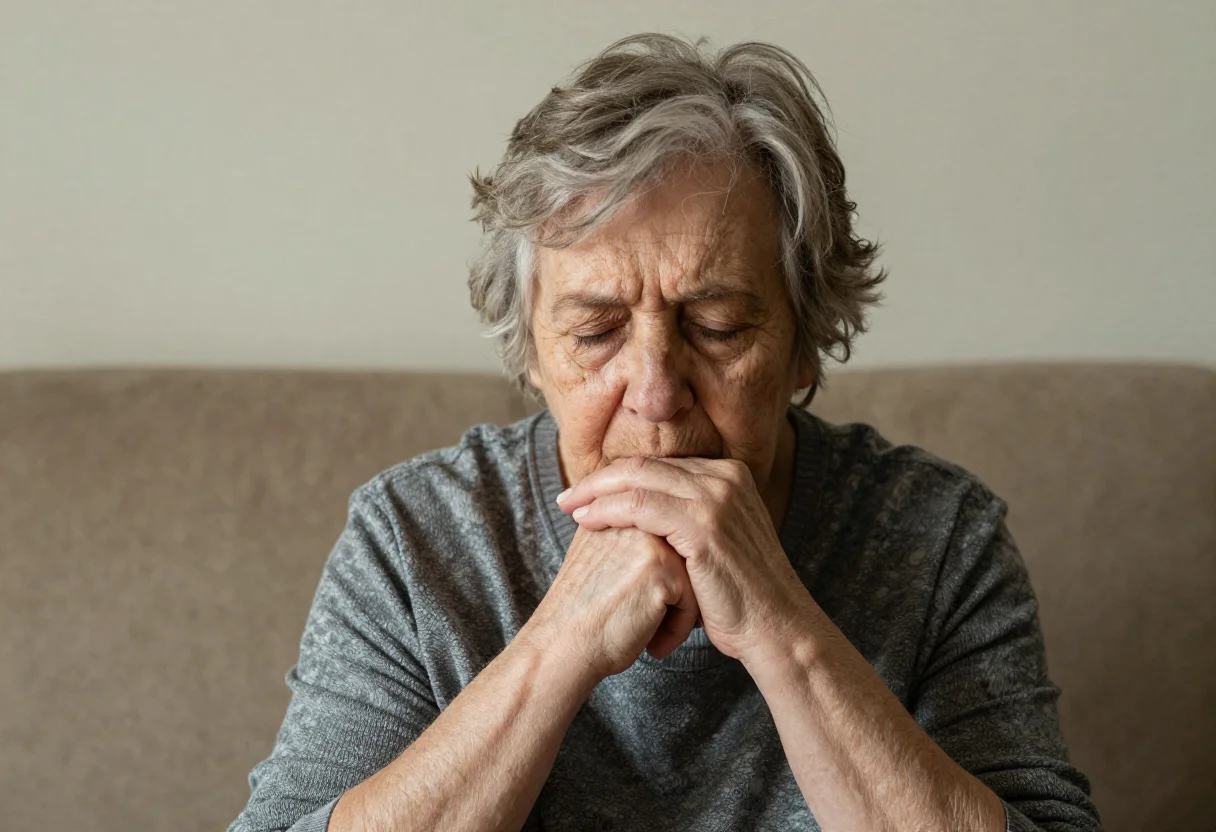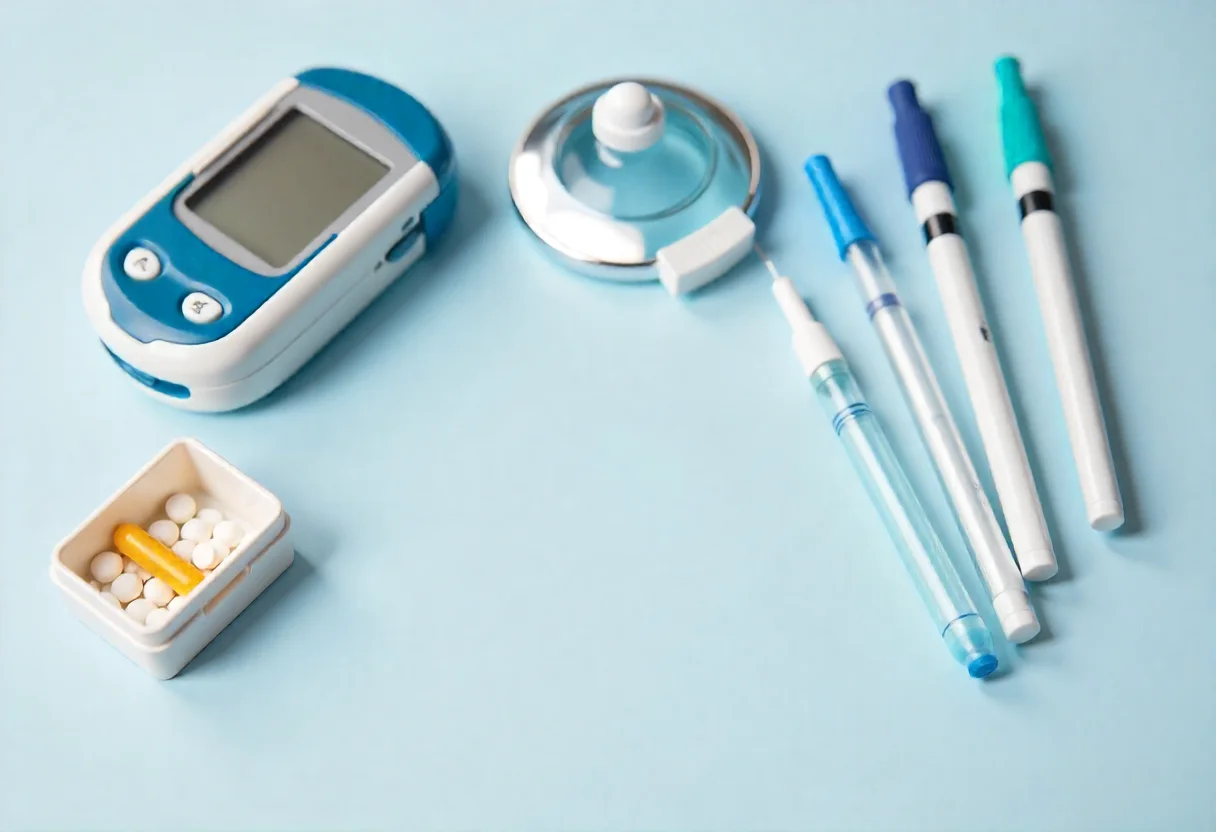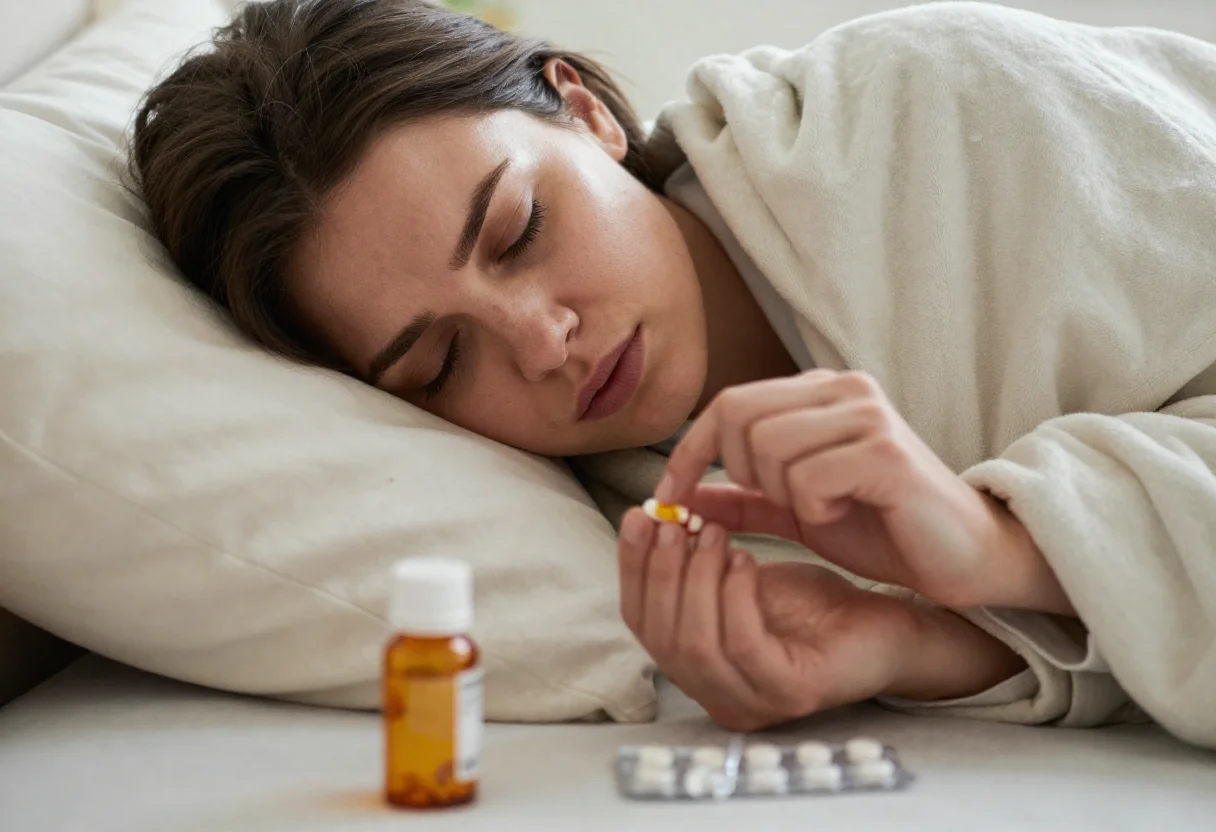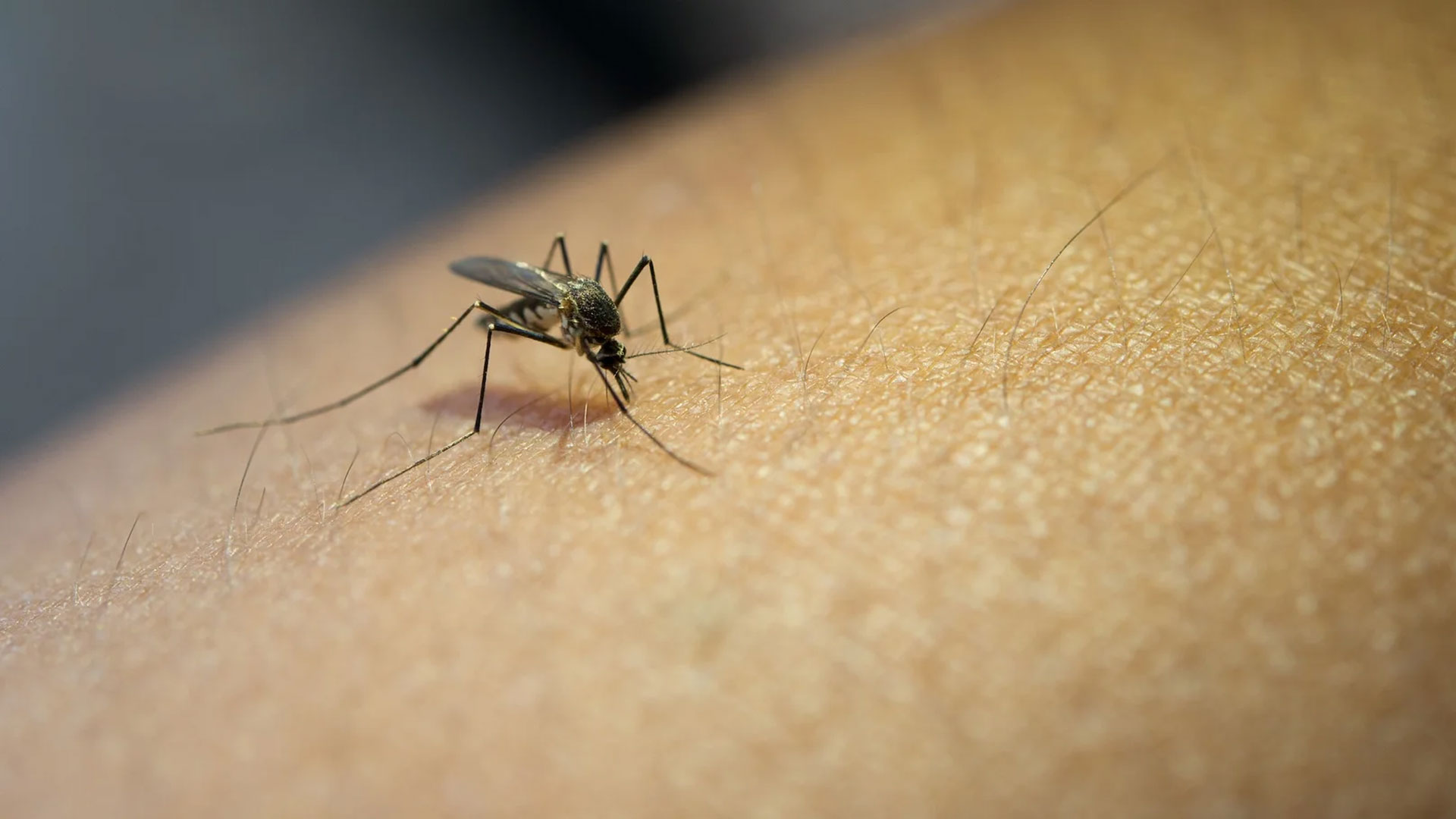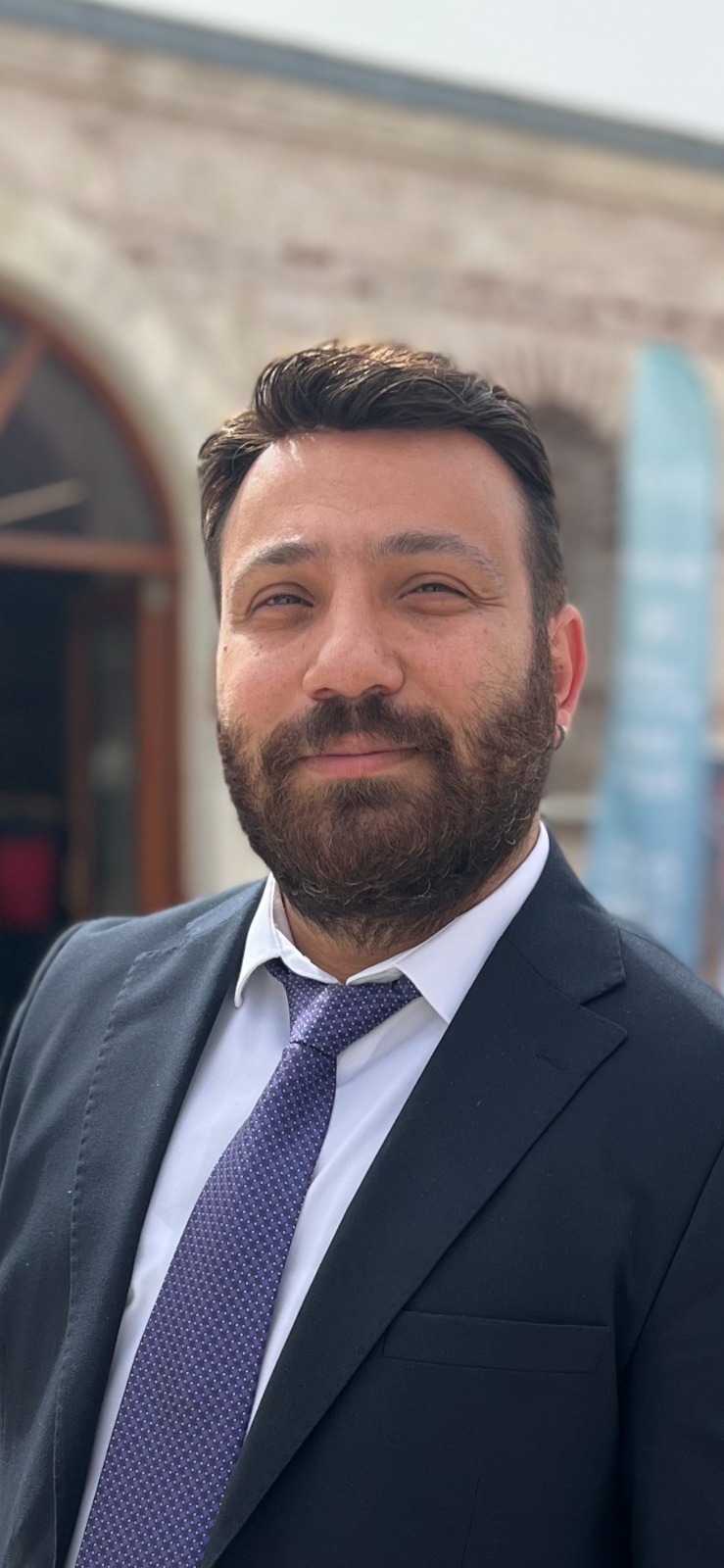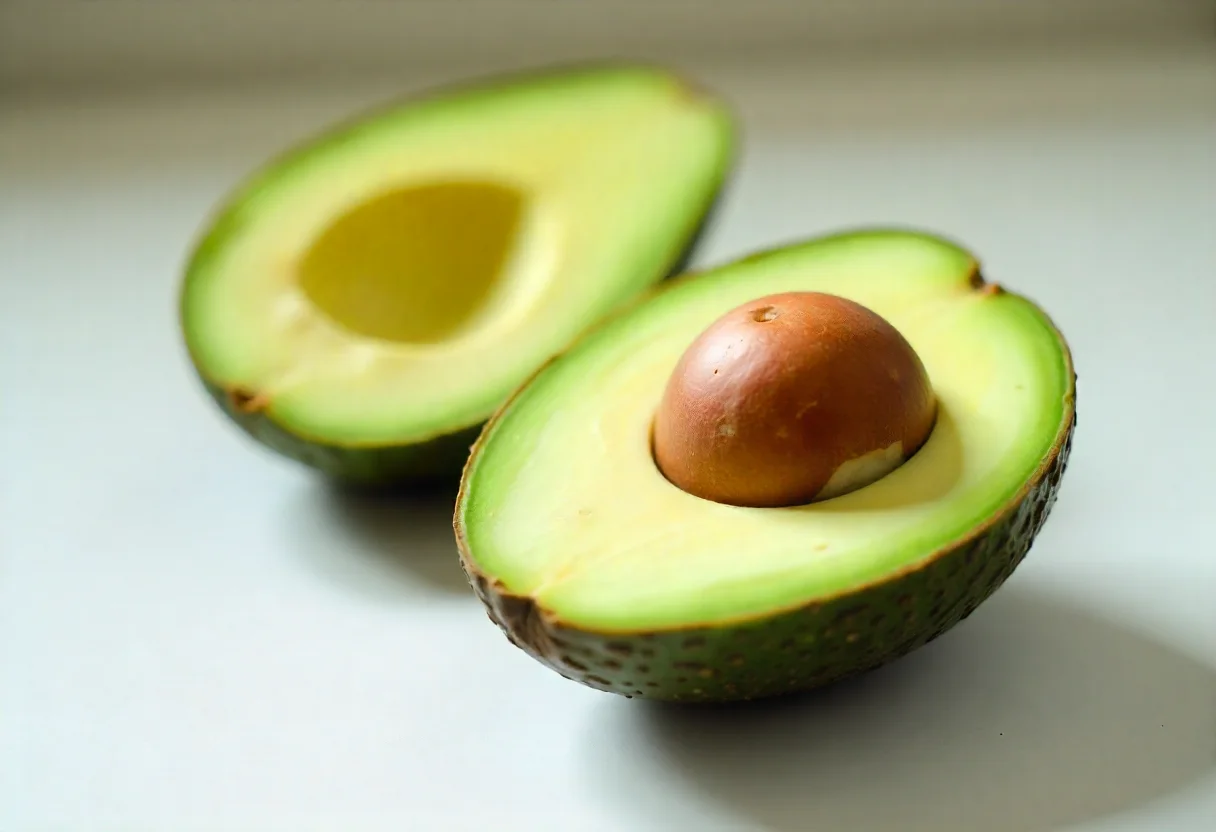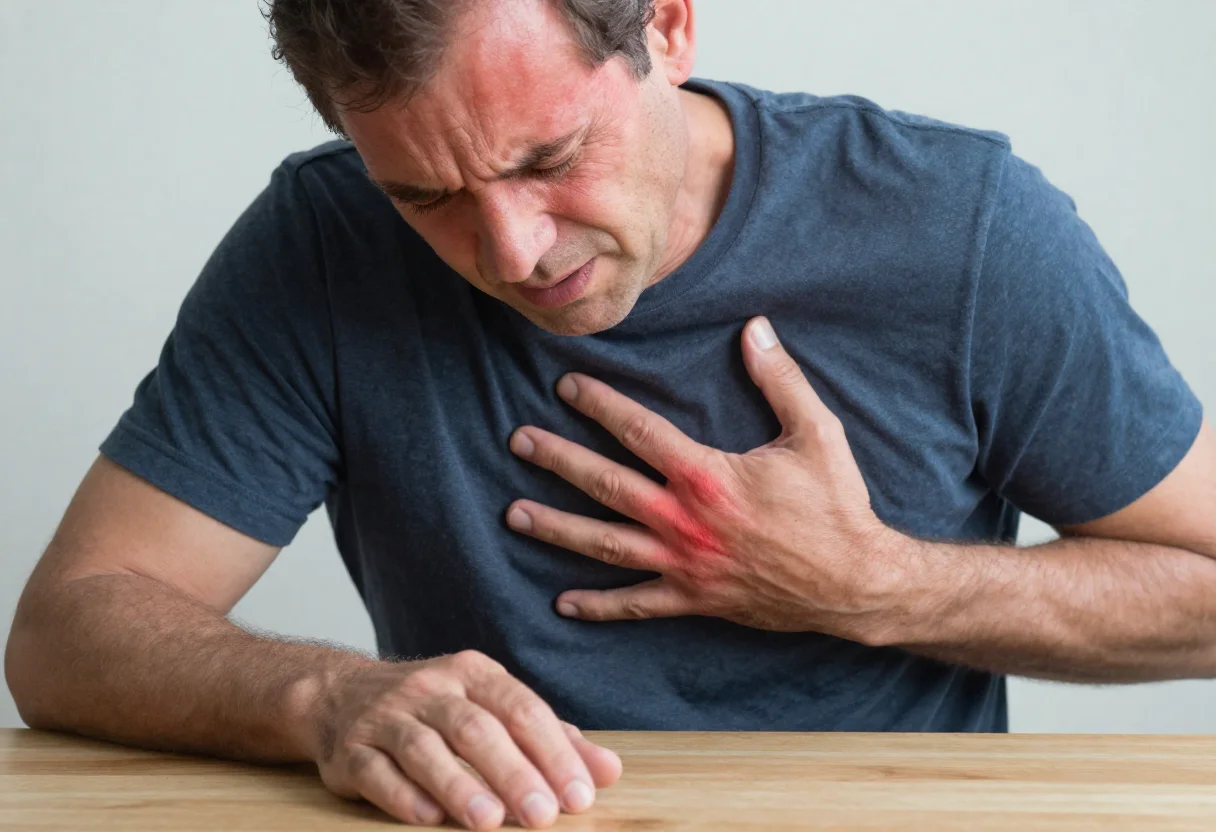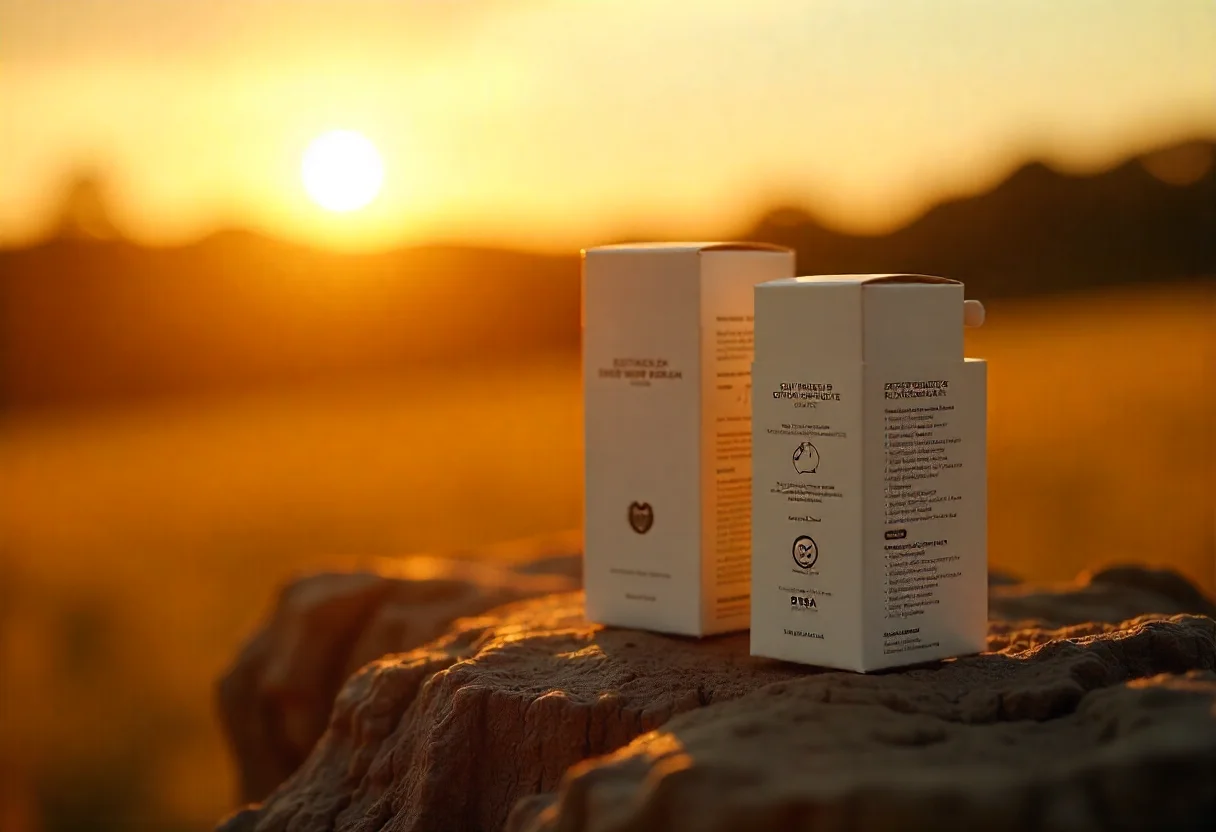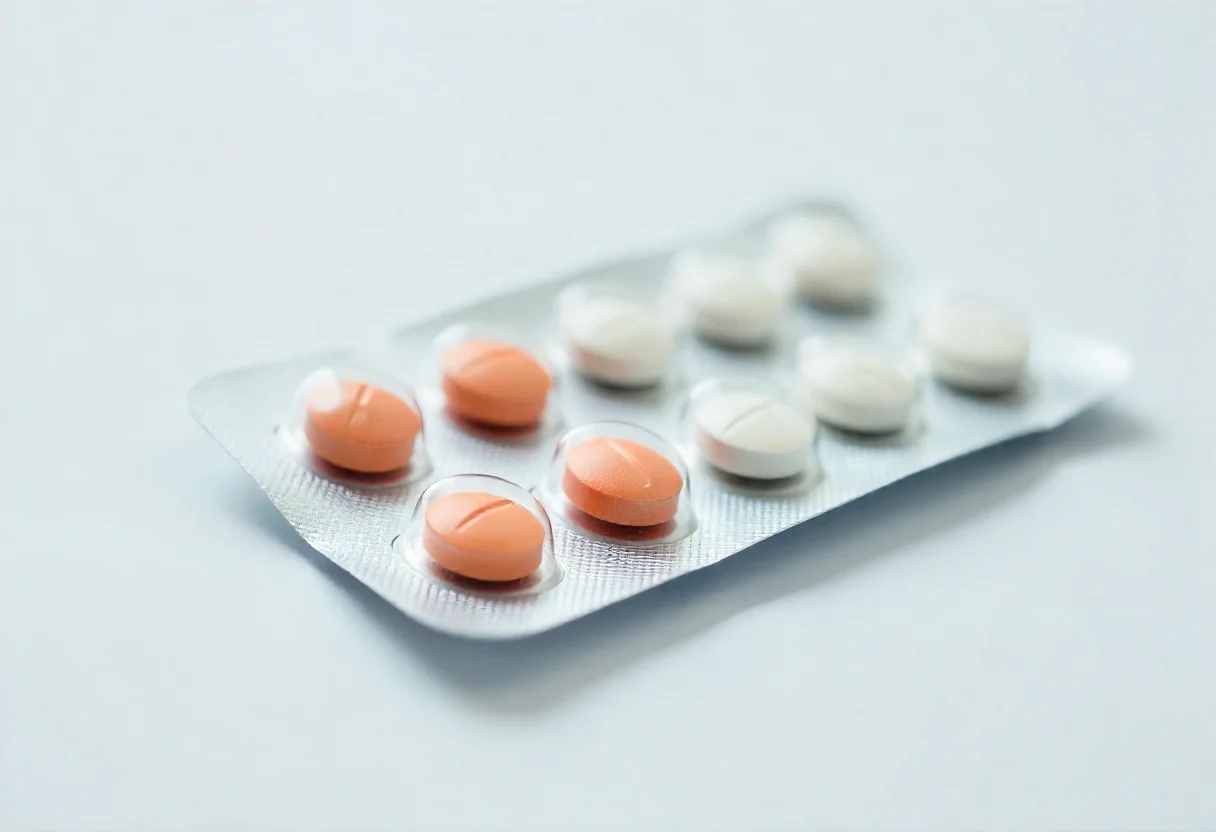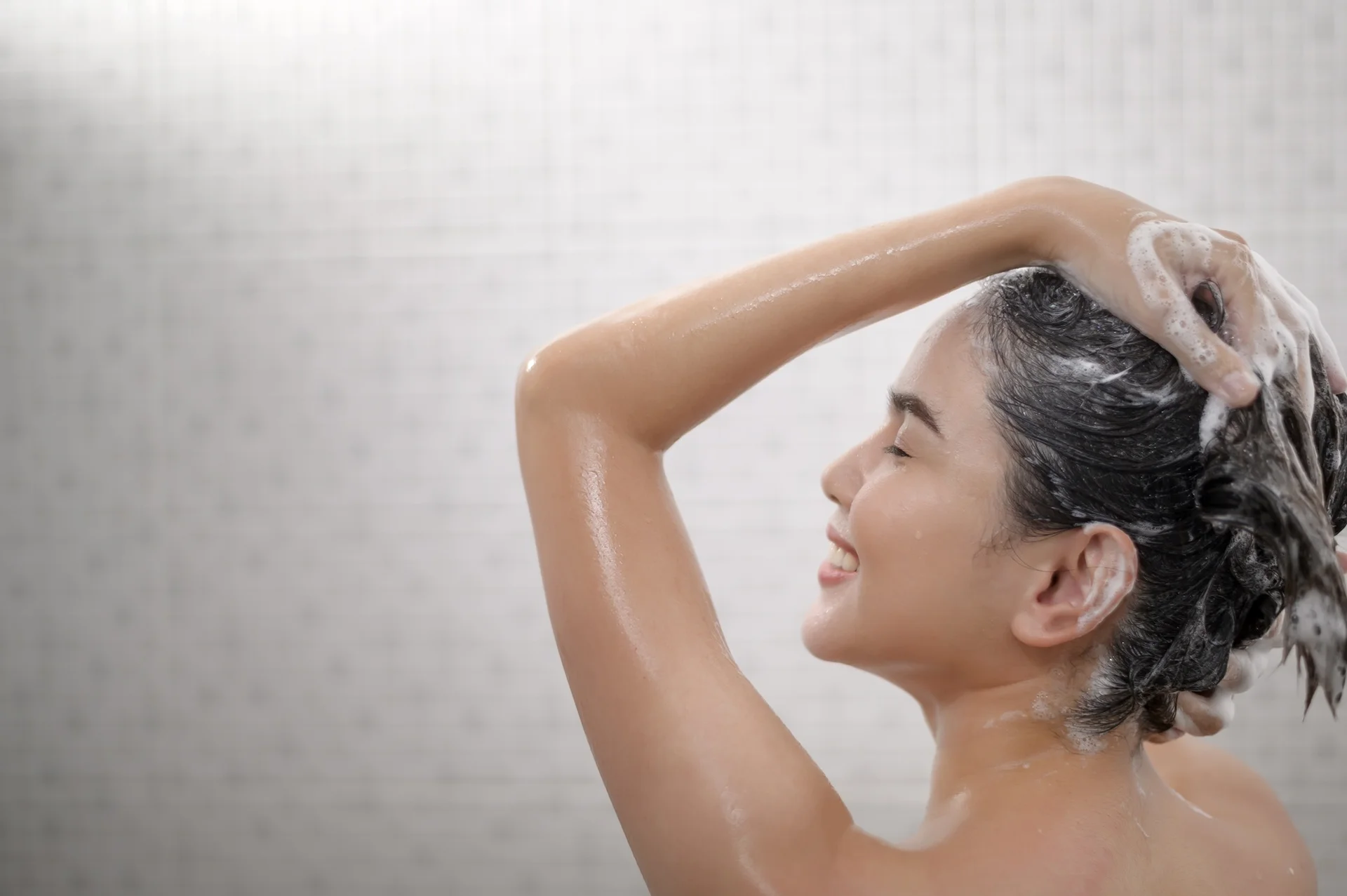
Today, shampoos are the most commonly used products for hair cleansing. Although soap was preferred in the past, the development of the first non-alkaline shampoo in 1933 marked a turning point in hair care. Modern shampoos are expected not only to clean the hair, but also to provide an aesthetic and economical solution without drying the hair or irritating the skin.
Shampoos typically consist of 10 to 30 ingredients and can be categorized into the following main groups:
- Cleansing surfactants,
- Conditioning agents that soften the hair,
- Active ingredients targeting hair problems such as dandruff,
- Additives that enhance the texture and stability of the product.
Shampoos now go beyond basic cleansing; they may also contain specific ingredients to address issues such as dandruff, dermatitis, and hair loss. While surfactants remove dirt and oil, they are formulated to maintain the hair’s natural balance. Thanks to their gentle composition, modern products can also be safely used on the skin.
- For normal hair, anionic cleansers such as sodium lauryl sulfate and SDS are preferred.
- For dry hair, gentler formulas composed of anionic and amphoteric agents (such as sulfosuccinate) are recommended.
- For oily hair, shampoos containing SDS or sulfosuccinate for deep cleansing are common.
Surfactants are divided into four main categories:
- Anionic surfactants (e.g., ammonium lauryl sulfate, sodium laureth sulfate, sodium lauroyl sarcosinate, SDS, alpha-olefin sulfonate, and ammonium laureth sulfate): These provide effective cleansing but may cause dryness and frizz. They are typically supported by auxiliary softening agents.
- Cationic surfactants (e.g., trimethylalkylammonium chloride, benzalkonium chloride, and benzalkonium bromide): Commonly used in conditioners, they soften hair and reduce static.
- Amphoteric surfactants (e.g., alkyl iminodipropionate and (amido) betaines): Their behavior changes with pH, they are very mild, and are often used in children’s or sensitive hair products. They also provide excellent foaming, cleansing, and wetting properties, and are used to reduce the harshness of anionic surfactants.
- Nonionic surfactants (e.g., glucosides, citrates, sulfosuccinates, and hydrolyzed proteins): These carry no electrical charge, have low irritation risk, and function as emulsifiers and solvents.
- Long-chain alcohols: These exhibit certain surfactant properties. Key examples include cetyl alcohol, stearyl alcohol, cetearyl alcohol (mainly a mixture of cetyl and stearyl alcohol), and oleyl alcohol.
Due to the high water content in shampoos, preservatives are necessary to prevent bacterial growth. Thickeners such as electrolytes, cellulose derivatives, and natural gums are used to improve product consistency. pH adjusters ensure the shampoo’s pH aligns with the natural pH of the hair and scalp (5.5–6.0). Chelating agents, such as EDTA, are also used. Fragrances and colorants are added to enhance the sensory appeal of the shampoo.
Some formulations are combined with conditioners to create “2-in-1” products. These provide both cleansing and conditioning benefits, softening the hair, making it easier to comb, and reducing surface friction.
Conditioners help prevent frizz by reducing static electricity, add shine, and protect the hair. This shine results from the hair strand’s ability to reflect light. There are various types of conditioners available on the market to meet different needs:
- Instant conditioners: Applied to wet hair, they make combing easier.
- Deep conditioners: Left on for 20–30 minutes, especially suitable for damaged hair.
- Leave-in conditioners: Not rinsed out; they stay on the hair and help prevent tangling.
- Rinse-out conditioners: Applied after shampooing to prevent hair from tangling.
These products support a healthy and well-groomed appearance of the hair.
Environmental, thermal, and chemical stressors can damage the hair, leading to an unpleasant texture and appearance. A major cause of shine and texture deterioration is the partial or complete loss of the 18-methyleicosanoic acid (18-MEA) layer from the cuticle surface. The absence of this hydrophobic coating makes the hair more hydrophilic and prone to swelling, increasing brittleness and friction between fibers. Since hair strands consist of non-replicating dead cells, biological repair of hair is impossible. To prevent exposure and damage to the cortex, the fiber surface can be partially repaired by applying conditioner to cover the damaged cuticle areas. Scanning Electron Microscope (SEM) images comparing untreated and treated hair show that conditioner residues fill the gaps along the cuticle edges. Using effective conditioners can temporarily modify the fiber layer and help restore some of the hair’s lost physical properties.
Conditioning agents used in hair care can be incorporated into shampoos or formulated as separate post-shampoo products. Anionic surfactants, while providing cleansing power in shampoos, also increase the negative charge on the hair. This leads to frizz, friction, and tangling. To counteract this effect, softening agents are added to shampoos. However, when anionic (negatively charged) and cationic (positively charged) ingredients are used together, they may neutralize each other, making it difficult to achieve the desired conditioning effect.
For this reason, although “2-in-1” products (shampoos that provide both cleansing and conditioning) are convenient, their conditioning performance is usually limited. Conditioners applied after shampooing are specifically formulated for this purpose and are therefore much more effective.
| Classification | Application | Conditioning Agents Used |
| “2-in-1” Shampoos | Shampoos that serve both cleansing and conditioning functions. Contain conditioning additives to improve manageability, shine, and provide antistatic properties. Recommended for dry, damaged, or chemically treated hair. | Hydrolyzed proteins, silicones, glycerin, polyvinylpyrrolidone, or cationic conditioners. |
| Instant Conditioners | Intended to be applied after shampooing and rinsed off after a short period (about 5 minutes). Ideal for daily use on mildly damaged hair, reduces the harsh effects of shampoo and improves daily manageability. | Cationic conditioners, e.g., behentrimonium chloride and stearalkonium chloride. |
| Deep Conditioners | Formulated more intensely than instant conditioners and require 20–30 minutes of application. Recommended for extremely dry hair or before chemical treatments (e.g., hair coloring or perming). | Proteins and higher concentrations of cationic conditioners. |
| Leave-in Conditioners | Designed not to be rinsed out after shampooing and conditioning. These products can be applied daily to wet or dry hair and are ideal for preventing damage during regular care routines. | Silicones, oils, polyvinylpyrrolidone, or other film-forming agents. |
| Blow-Drying Conditioners | Applied to towel-dried hair before blow-drying and styling; provides photoprotection and can help prevent thermal damage. Beneficial for fine hair and individuals with excessive scalp sebum. | Contain the same agents as instant conditioners, but without oils. |
| Hair Thickeners | Coat the hair shaft, increasing the diameter to create a thicker hair appearance. Usually contain proteins used in conditioners and are applied to towel-dried hair before styling. | Film-forming agents, e.g., silicones or hydrolyzed proteins such as keratin K31. |
There are numerous hair care products and chemical ingredients available, tailored to different hair types and levels of damage. Each conditioner formulation is specially designed to achieve desired aesthetic and physical outcomes. These products may contain both natural (e.g., cellulose and starch derivatives) and synthetic (e.g., silicones, polyacrylates, polyvinylpyrrolidone) polymers, as well as gums and hydrolyzed proteins.
The interaction of these compounds with the hair depends on factors such as molecular weight, electrical charge, and hydrophobic properties. Conditioners usually combine several classes of ingredients to deliver multiple benefits to the hair.
Hair conditioning effects are achieved through three main mechanisms:
- Charge neutralization: Cationic compounds balance the negative charges on the hair, reducing frizz and friction.
- Hydrophobicity enhancement: The hair shaft's water-resistant (hydrophobic) structure is restored, making the cuticle surface smoother and shinier.
- Protein support: The penetration of lost proteins into the hair in small fragments increases moisture retention capacity and strengthens hair structure.
| Classification | Mechanism of Action | Ingredients |
| Cationic Conditioners | Cationic conditioners neutralize negative charges on damaged hair by allowing positively charged molecules to adhere to the hair surface. This helps the hair become softer and smoother. Static electricity in hair is reduced by the positive charges on the cuticles. Particularly effective for chemically treated hair. | Quaternary ammonium compounds: cetrimonium chloride, stearalkonium chloride, etc. |
| Film-Forming Conditioners | Work by forming a film over the hair shaft as polymers fill the imperfections on the cuticle surface. This restores the hair’s softness and shine. They may also carry a positive charge, helping reduce static electricity in anionically damaged hair strands. | Film-forming agents: polyvinylpyrrolidone (PVP), silicones, and oils. |
| Protein-Based Conditioners | Contain amino acids and small polypeptide fragments capable of penetrating the hair shaft. These components restore lost proteins, repairing and strengthening damaged hair. Excess protein is washed out with shampoo, so the effect is temporary. | Various protein sources: animal protein, egg, placenta, collagen, keratin, beer, and others. |
1. Cationic Conditioners (Softening and Reducing Static)
Cationic conditioners typically contain quaternary ammonium compounds (e.g., cetrimonium chloride, behentrimonium chloride). These substances:
- Neutralize the negative charge of the hair shaft with positive ions.
- Reduce static electricity, making hair appear smoother and softer.
- Adhere to the hair surface through electrostatic interactions, forming a protective layer.
- Prevent moisture loss due to their hydrophobic chains, or interact with oil-based ingredients to provide more effective conditioning.
2. Film-Forming Conditioners (Protection and Shine Enhancement)
These conditioners contain high molecular weight polymers and silicones (especially dimethicone).
- They form a thin film layer on the hair shaft, filling in cuticle imperfections.
- This layer enhances hair shine and reduces friction.
- Silicones increase the hydrophobicity of the hair, minimizing water loss.
- Cationic bridging agents improve the adhesion of silicones to the hair.
- Examples include cationically modified polymers such as Polyquaternium-10 and Polyquaternium-7.
3. Protein-Based Conditioners (Repair and Strengthening)
These products are specially formulated for damaged hair and contain low molecular weight hydrolyzed proteins (1–10 kDa).
- They penetrate the hair shaft to replace lost keratin.
- Strengthen the hair, reduce brittleness, and improve elasticity.
- The effect depends on the duration of contact and is generally temporary; regular use is required.
- Sources include animal-derived keratin, placenta, collagen, and plant-based proteins (quinoa, soy, rice, jojoba, baobab) for ethical and sustainable purposes.
- In modern formulations, peptide technology is used to tailor the molecular structure for more effective bonding with the hair.
Formulation Details
Most conditioners combine all three types of ingredients to enhance overall effectiveness.
- Fatty alcohols (cetyl, stearyl alcohol) and lipids increase the slipperiness and softness of the hair.
- Cationic agents work synergistically with these oils and silicones to enhance product adhesion to the hair.
Thiab, S., Mhaidat, N. M., Taha, M. A., Thiab, S., Koraysh, S., Abutayeh, R., & Basheti, I. (2021). A systematic review of randomized controlled trials assessing phytochemicals and natural ingredients for skin and hair care. Journal of Applied Pharmaceutical Science, 11(7), 020-045.
Alessandrini, A., & Piraccini, B. M. (2016). Essential of hair care cosmetics. Cosmetics, 3(4), 34.
Kim, J.; Lask, G.P.; Nelson, A. Comprehensive Aesthetic Rejuvenation: A Regional Approach; CRC Press: Boca Raton, FL, USA, 2011; Volume 8.
Park, A.M.; Khan, S.; Rawnsley, J. Hair Biology: Growth and Pigmentation. Facial Plast. Surg. Clin. North Am. 2018, 26, 415–424.
Robbins, C.R. Interactions of Shampoo and Conditioner Ingredients with Hair. In Chemical and Physical Behavior of Human Hair; Springer: Berlin/Heidelberg, Germany, 2012; pp. 329–443
Gubitosa, J., Rizzi, V., Fini, P., & Cosma, P. (2019). Hair care cosmetics: From traditional shampoo to solid clay and herbal shampoo, a review. Cosmetics, 6(1), 13.
Sinclair, R. D. (2007, December). Healthy hair: what is it?. In Journal of investigative dermatology symposium proceedings (Vol. 12, No. 2, pp. 2-5). Elsevier.
Preethi, P. J., Padmini, K., Srikanth, J., Lohita, M., Swetha, K. P. V. R., & Rao, P. V. (2013). A review on herbal shampoo and its evaluation. Asian Journal of Pharmaceutical Analysis, 3(4), 153-156.
Trüeb, R. M. (2007). Shampoos: ingredients, efficacy and adverse effects. JDDG: Journal der Deutschen Dermatologischen Gesellschaft, 5(5), 356-365
Robbins, C. R., & Robbins, C. R. (2012). Chemical and physical behavior of human hair (Vol. 4). Berlin: Springer.
Zhang, Y.; Alsop, R.J.; Soomro, A.; Yang, F.C.; Rheinstädter, M.C. Effect of shampoo, conditioner and permanent waving on the molecular structure of human hair. PeerJ 2015, 3, e1296.
Vlavi, S. M., Patil, A. D., Yeowle, H. M., Jain, V. H., & Pawar, S. P. (2017). Formulation and evaluation of herbal shampoo powder. International journal of Pharma and chemical research, 3(3), 492-498.
Hordinsky, M., Chu, S., Caramori, A. P. A., & Donovan, J. C. (2022). Hair physiology and grooming. Cosmetic Dermatology: Products and Procedures, 299-308.
Dias, M. F. R. G. (2015). Hair cosmetics: an overview. International journal of trichology, 7(1), 2-15.
Parreira, H. C. (1980). On the isoelectric point of human hair. Journal of Colloid and Interface Science, 75(1), 212-217.
Bovero, A. (2011). Dermocosmetologia. Dall'inestetismo al trattamento cosmetico. Tecniche nuove.
Tokunaga, S., Tanamachi, H., & Ishikawa, K. (2019). Degradation of hair surface: Importance of 18-MEA and epicuticle. Cosmetics, 6(2), 31
Fernández-Peña, L., & Guzmán, E. (2020). Physicochemical aspects of the performance of hair-conditioning formulations. Cosmetics, 7(2), 26.
Sinclair, R.D. Healthy Hair: What Is it? J. Investig. Dermatol. Symp. Proc. 2007, 12, 2–5.
Trüeb, R., & Hoffmann, R. (2007). Aging of hair. In Textbook of Men's Health and Aging (pp. 715-728). CRC Press.
Bouillon, C. Shampoos. Clin. Dermatol. 1996, 14, 113–121.
Draelos, Z.D. Shampoos, conditioners, and camouflage techniques. Dermatol. Clin. 2013, 31, 173–178.
D’Souza, P.; Rathi, S.K. Shampoo and conditioners: What a dermatologist should know? Indian J. Dermatol.
Haskin, A., Kwatra, S. G., & Aguh, C. (2017). Breaking the cycle of hair breakage: pearls for the management of acquired trichorrhexis nodosa. Journal of Dermatological Treatment, 28(4), 322-326.
Bolduc, C.; Shapiro, J. Hair care products: Waving, straightening, conditioning, and coloring. Clin. Dermatol. 2001, 19, 431–436.
Draelos, Z.D. Sunscreens and Hair Photoprotection. Dermatol. Clin. 2006, 24, 81–84.
Patil, A., & Ferritto, M. S. (2013). Polymers for personal care and cosmetics: Overview. Polymers for personal care and cosmetics, 3-11.
Draelos, Z. K. (1991). Hair cosmetics. Dermatologic clinics, 9(1), 19-27.
Benson, H.A.; Roberts, M.S.; Leite-Silva, V.R.; Walters, K. Cosmetic Formulation: Principles and Practice; CRC Press: Boca Raton, FL, USA, 2019.
Dias, M. F. R. G. (2015). Hair cosmetics: an overview. International journal of trichology, 7(1), 2-15.
Draelos, Z. D. (2004). Hair care: an illustrated dermatologic handbook. CRC Press.
Azizova, M., Archibald, E. A., Tasker, R., & Chaudhuri, A. (2016). U.S. Patent No. 9,505,820. Washington, DC: U.S. Patent and Trademark Office.
Tinoco, A., Martins, M., Cavaco-Paulo, A., & Ribeiro, A. (2022). Biotechnology of functional proteins and peptides for hair cosmetic formulations. Trends in Biotechnology, 40(5), 591-605.
